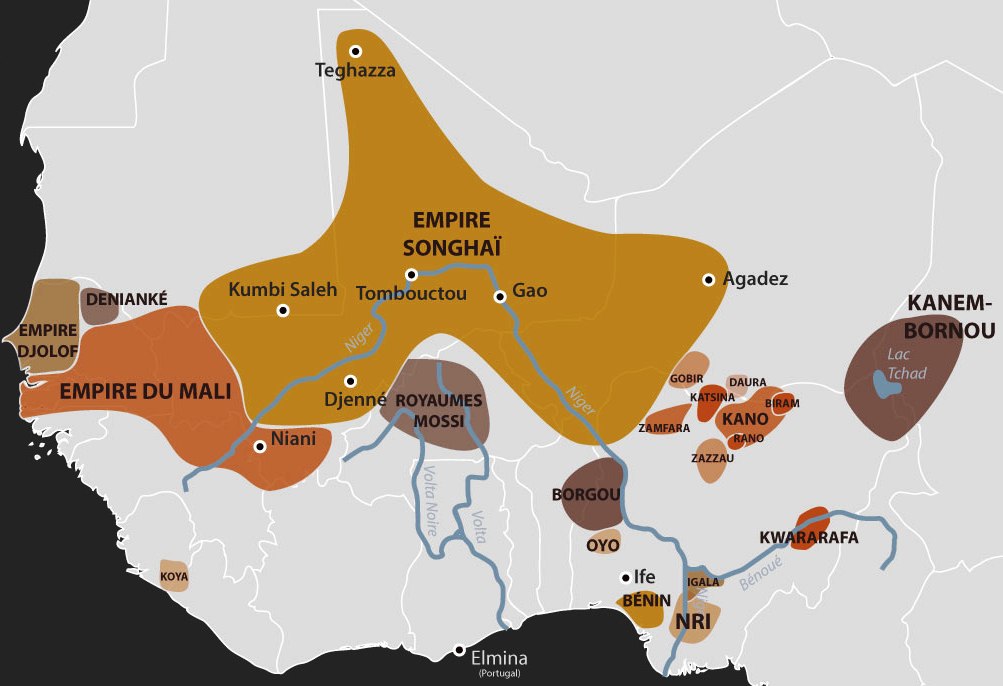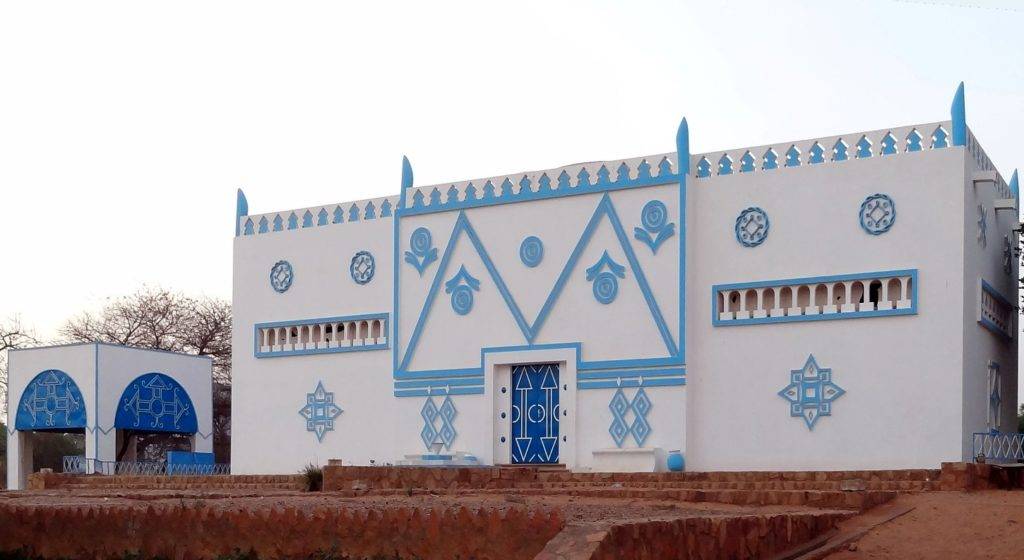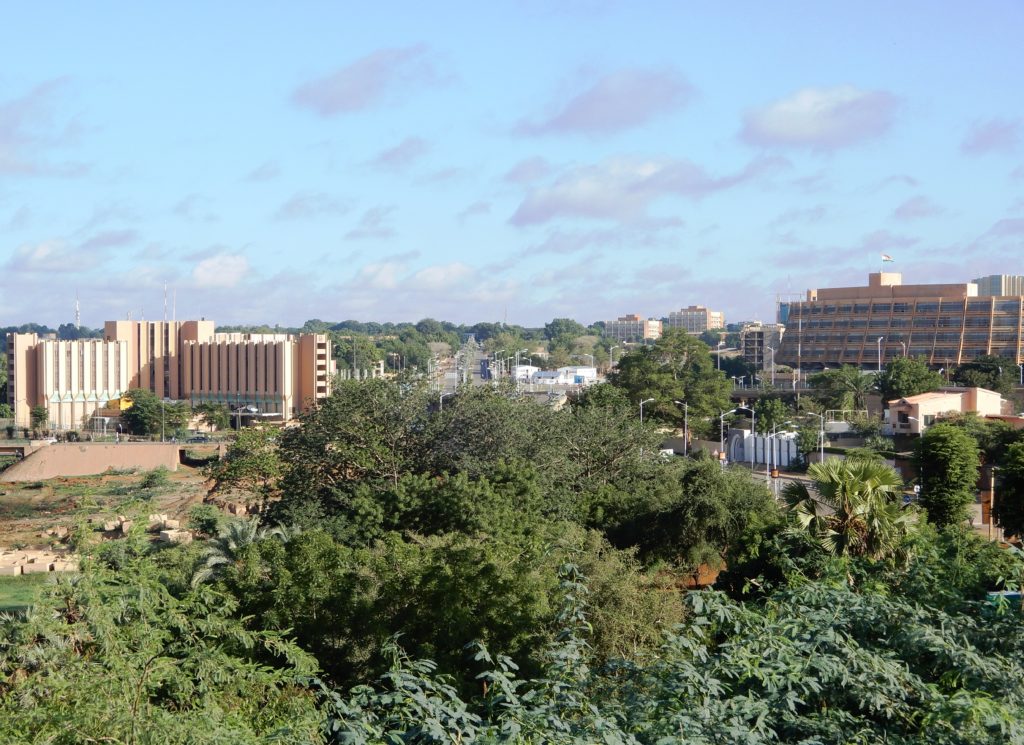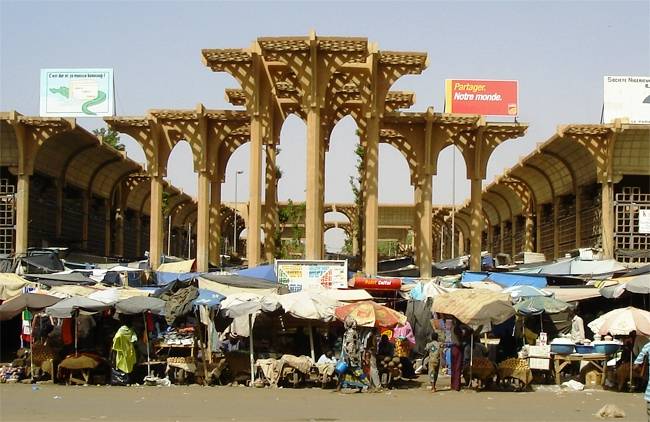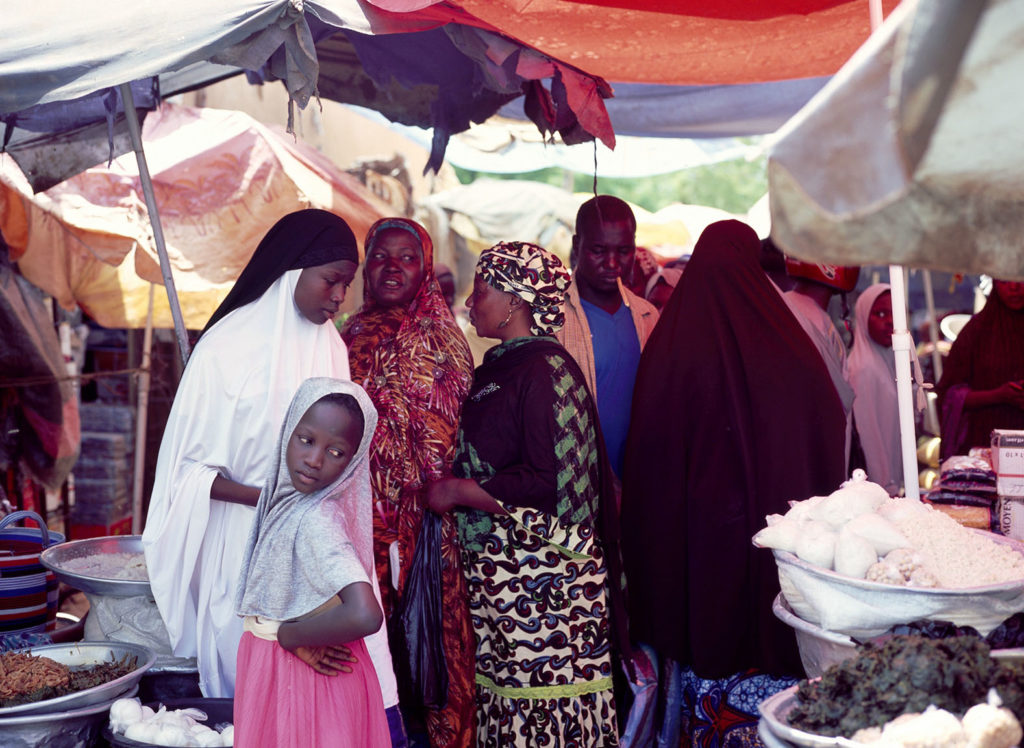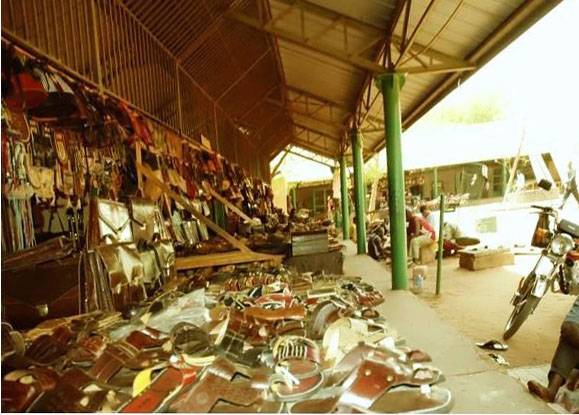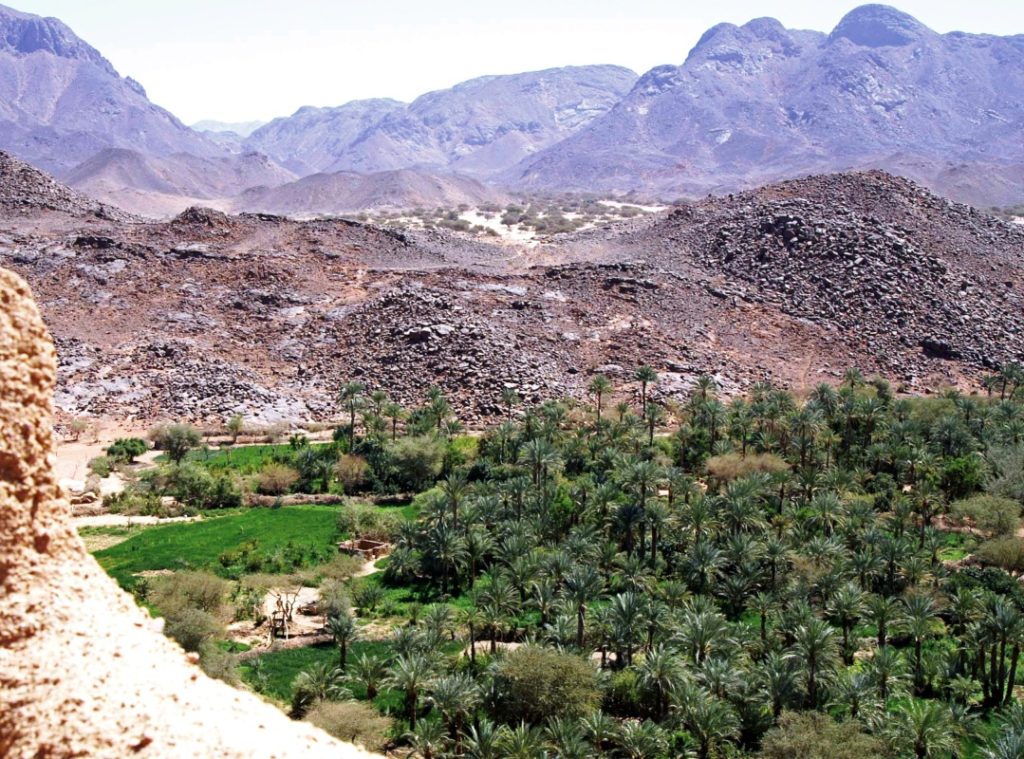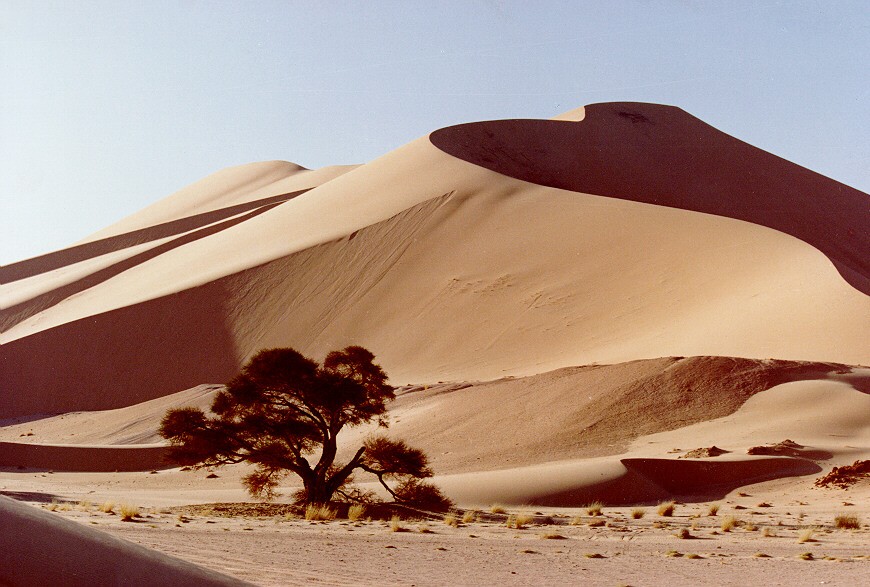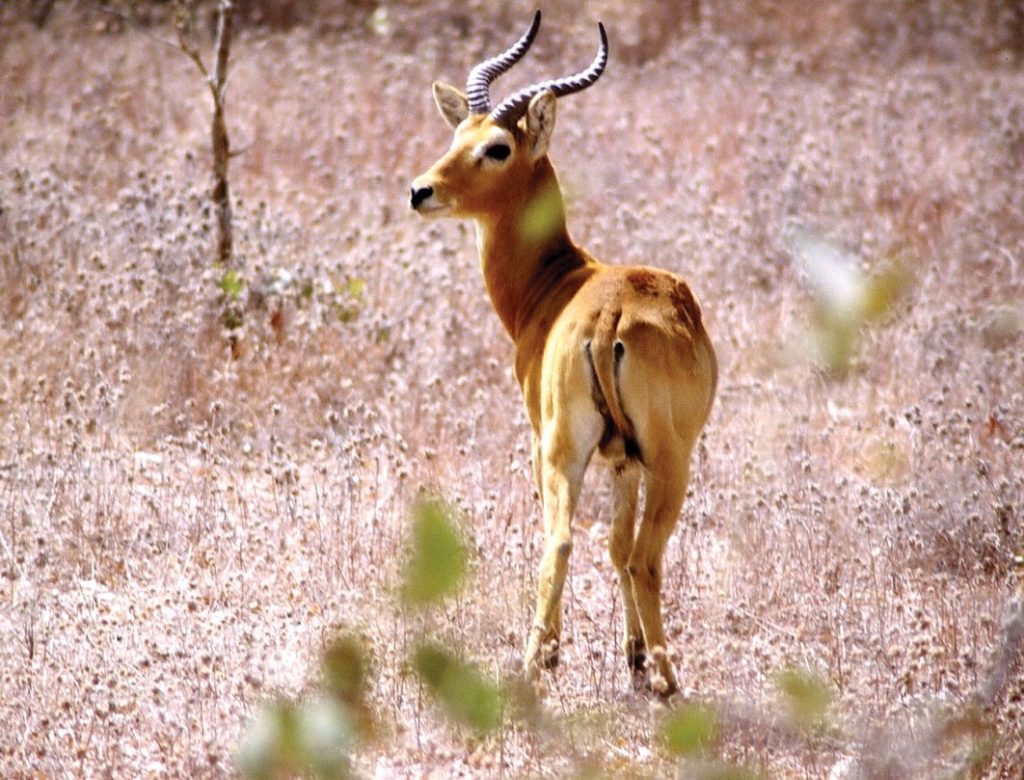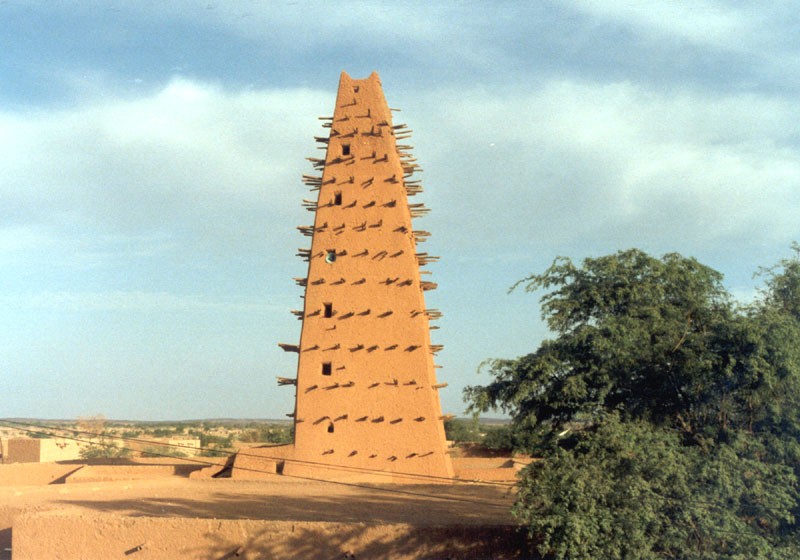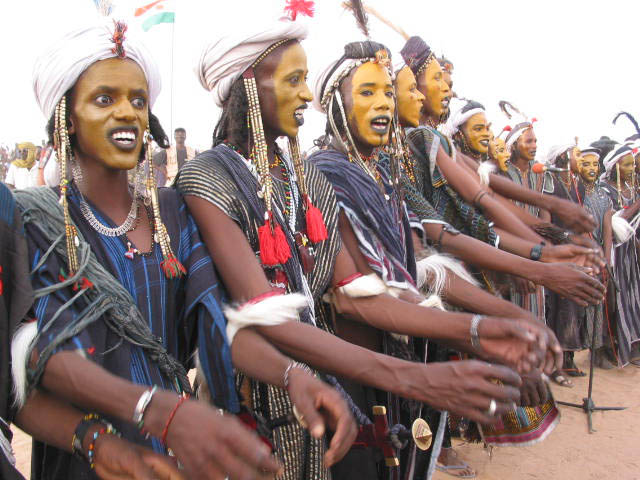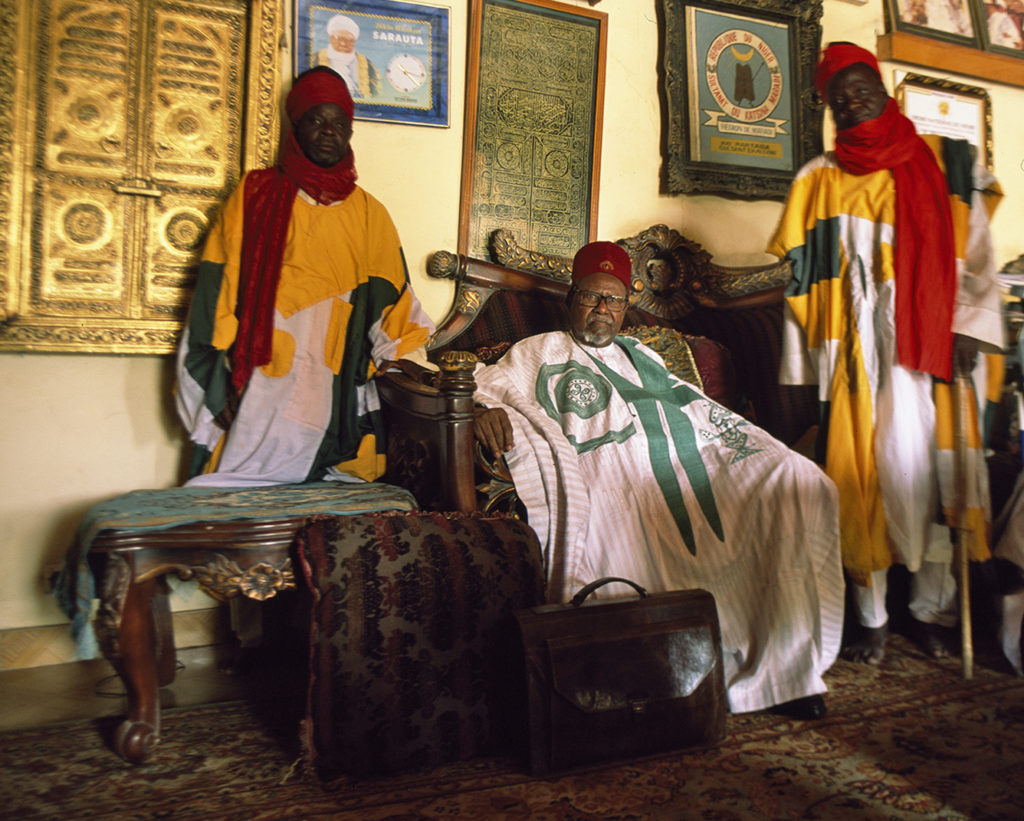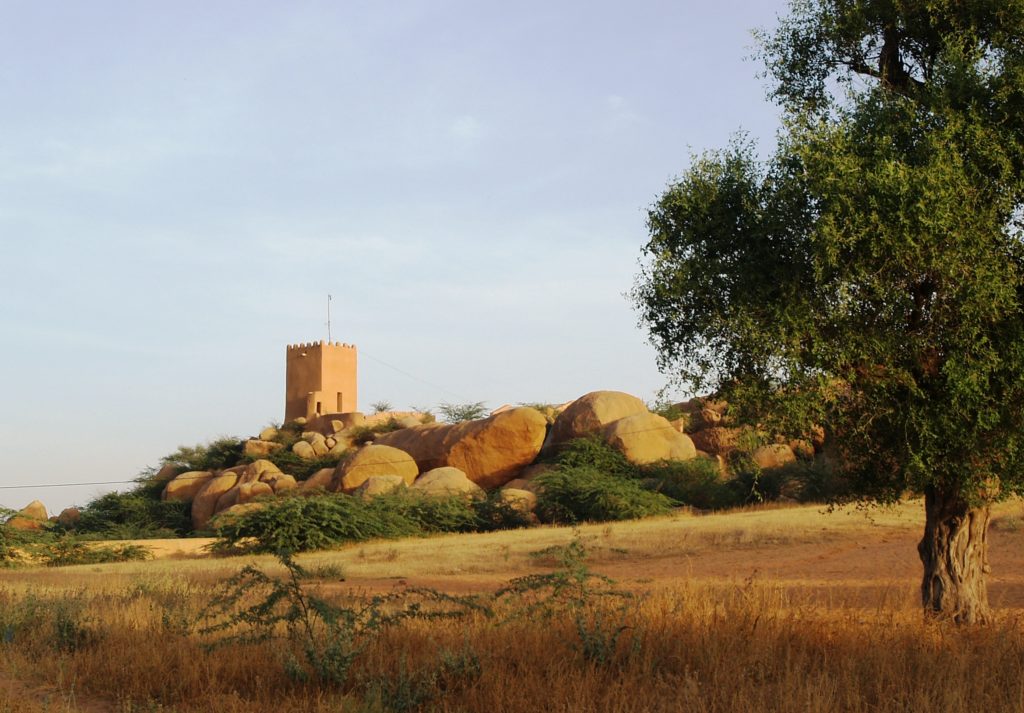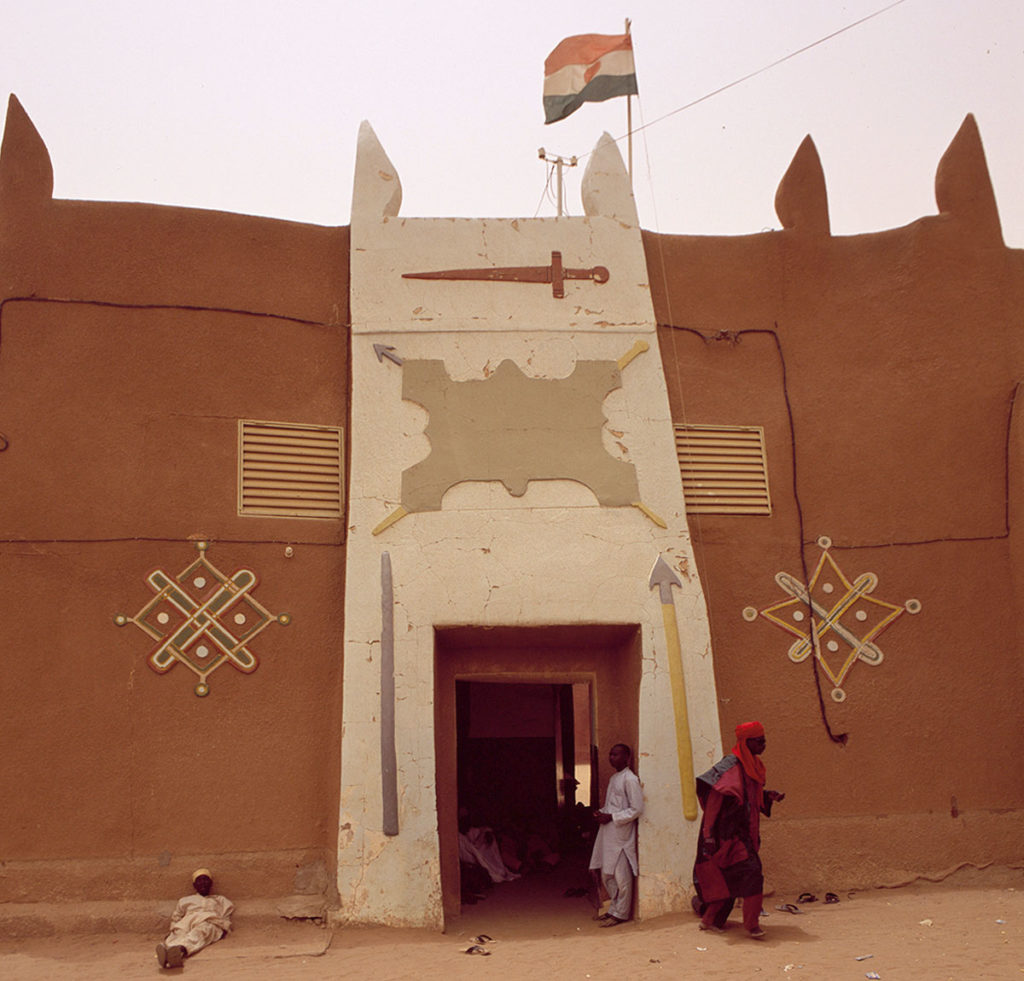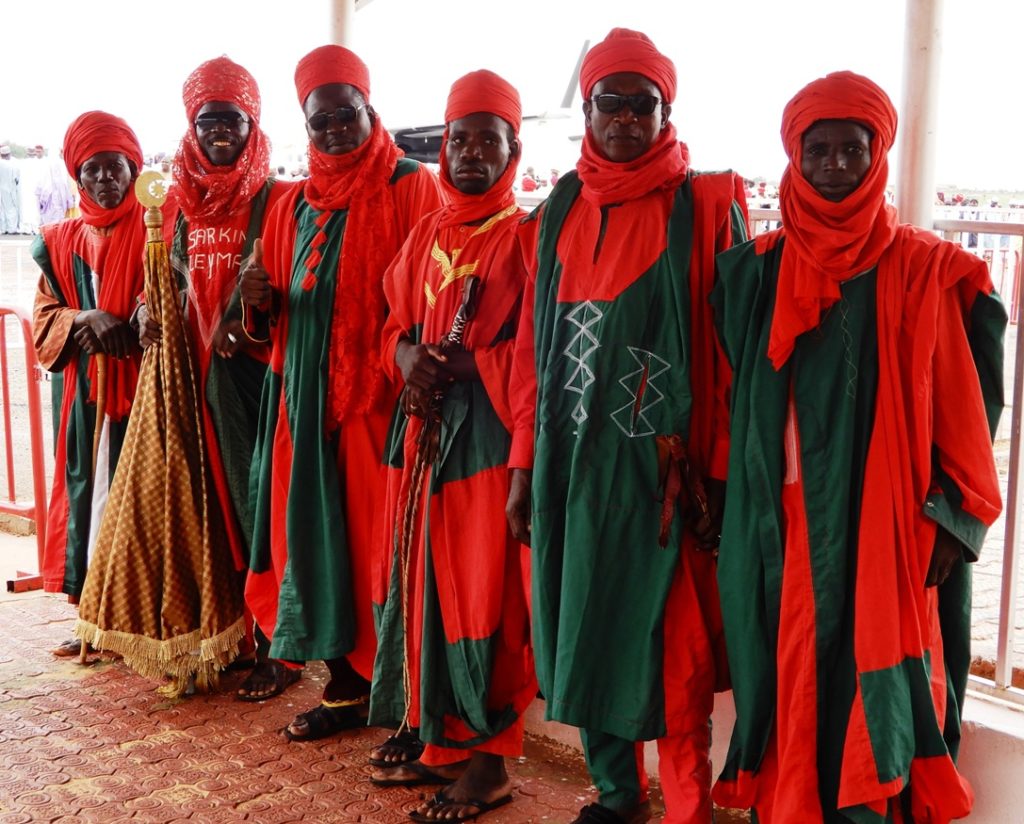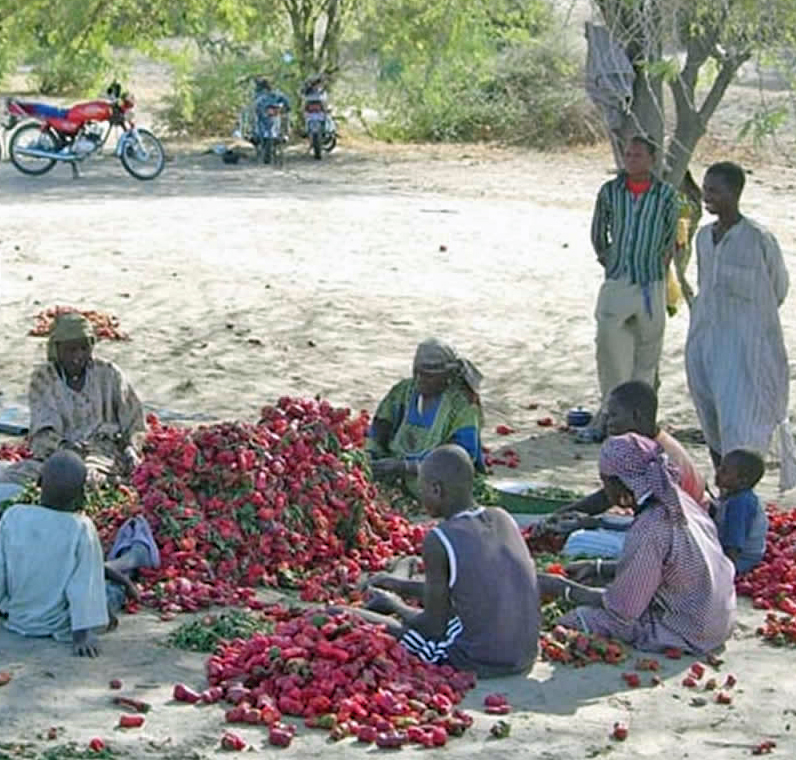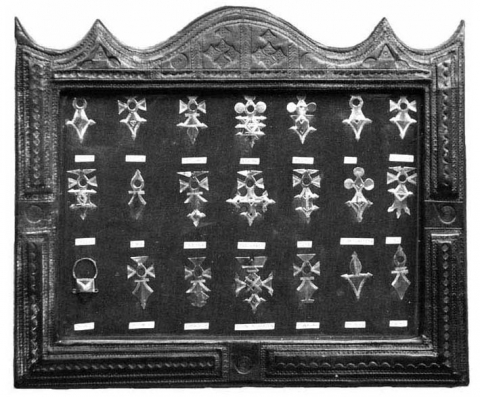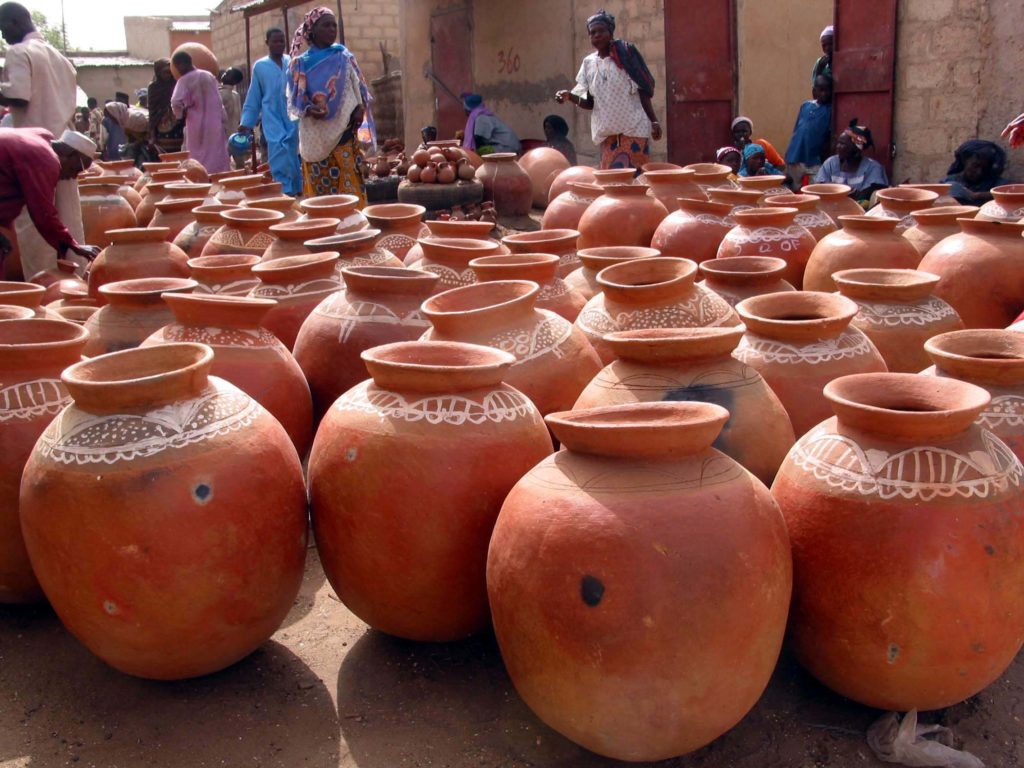Niger is a country of contrasts – a country that offers an incomparable diversity, in which desert areas are countered by fertile valleys.
Niger is a meeting ground for various populations living there. Over centuries, they have taken advantage of their differences in order to exploit the limited natural resources in the best way.
The people of Niger are rich, rich in pride, culture and traditions, rich in their ability to survive together the periodic challenges to which nature exposes them.
But, Niger is also a country in the process of transformation. Niger is traditionally an agricultural and pastoral country. In recent decades, cities have grown, especially Niamey. This new urban population thus constitutes the basis of the evolution of society. Since the nineties, the population has been fully involved in the democratization process.
During the last 10 to 20 years, the security issues have significantly harmed the tourism industry in Sahel and the investments in this sector. Thanks to the positive development of the stability in Niger, it is increasingly possible to visit the cultural wonders that Niger offers.






